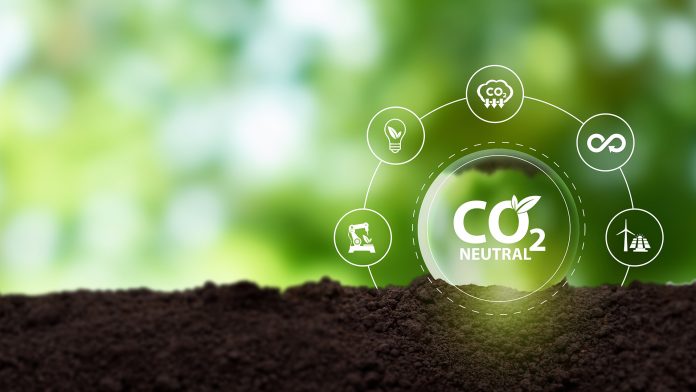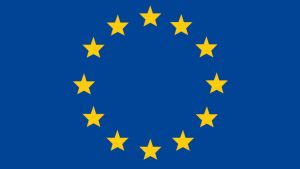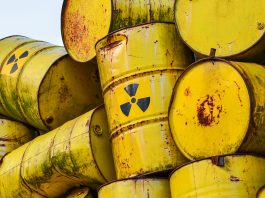TWINN2SET highlights the importance of implementing new technologies to sustainable energy transition pathways.
The need to transition to a carbon neutral economy by 2050 is imperative. A mixture of different technologies are required to achieve a sustainable energy transition pathway and Greece is falling behind in achieving energy transition milestones: high share of natural gas in the electricity generation mix on a permanent basis; use of lignite in high-demand periods; lack of industrial plans to exploit CO2 capture and storage technologies; perspectives for CO2 export in other countries; lack of geothermal energy penetration into the electricity mix; and a still under development national hydrogen strategy.
This has reinforced the need for the TWINN2SET project ‘Twinning to Sustainable Energy Transition’. TWINN2SET will contribute to reaching the climate neutrality goals as dictated by the European Green Deal and the implementation of the EU’s Climate Law and ‘Fit for 55’ package.
In general, a twinning action aims to enhance networking activities between a research institution of widening countries and top-class leading counterparts at EU level by linking it with at least two research institutions from two different Member States or associated countries, by building on the huge potential of networking for excellence through knowledge transfer and exchange of best practice between research institutions and partners.
The TWINN2SET project (2022-2025)
Geosciences play a fundamental role in research activities tackling important energy transition themes through the use of underground resources, such as the geological storage of CO2 and hydrogen and geothermal energy.
This is the foundation of the TWINN2SET project. It is implemented as a partnership between: The Greek Institute of Geoenergy of the Foundation for Research & Technology – Hellas (FORTH/IG); the Norwegian University of Stavanger (UiS); and the French Research Centre IFP Energies Nouvelles (IFPEN) – in the domains of carbon capture and storage (CCS), deep geothermal energy (DGE), and underground hydrogen storage (UHS).
The project consists of a capacity building and mentoring programme in the above three areas, which will be complemented by an exploratory project focusing on hydrogen storage in geological formations, fostering interdisciplinary competencies at the interplay of a promising energy vector with subsurface reservoir characterisation, modelling and monitoring.
The TWINN2SET project will provide a coherent network that will strengthen interactions between members of the consortium. The project’s overarching objective is to empower the scientific and innovation capacity of FORTH/IG in the fields of CCS, DGE & UHS.
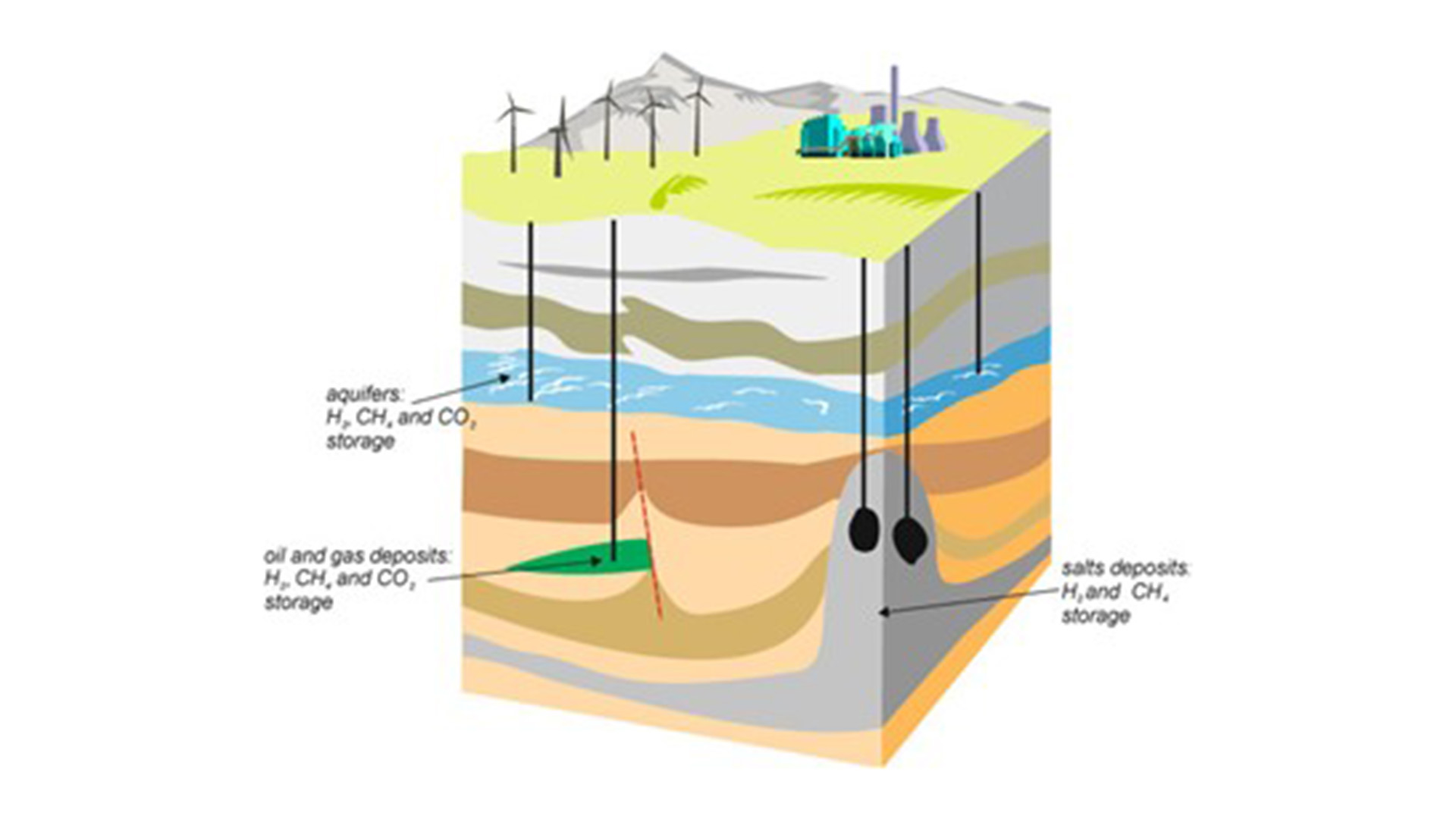
The research is focusing on Underground Hydrogen Storage
The research part of the project is focusing on Underground Hydrogen Storage (UHS). This includes:
- The identification of suitable geological formations for hydrogen storage;
- Analysis of geological and reservoir conditions of the underground storage of hydrogen;
- Potential synergies of underground gas storage sites and lessons learned;
- Identification of the petrophysical changes and reactive flow transport;
- Hydrogen properties affecting underground storage, including the reactivity and interactions between H2 and microorganisms;
- Thermodynamical aspects of H2 storage in porous media and the numerical simulation of H2 injection in porous media; and
- Development of a decision-making tool for the selection of hydrogen storage at potential underground storage sites in Greece.
The first meeting of TWINN2SET took place in October 2022 at FORTH/IG premises in Chania, Crete. During the first year of TWINN2SET, staff exchanges, internships, workshops (workshop on gender aspects) conferences, and an 11-week massive open online courses (MOOCs) circle, delivered by IFPEN School, were held. The first internship took place at UiS in Norway and focused on modelling underground gas storage, considering biochemical processes, with a focus on methanogenic microorganisms, while the second internship took place at IFPEN in France and focused on the characterization of hydrogenotrophic microbes using cultivation methods and molecular biology techniques (e.g., quantitative PCR).
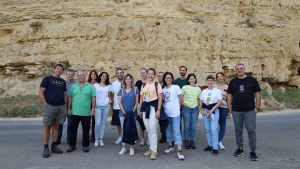
During the second project meeting (September 2023), the first project’s geological fieldtrip in the Region of Chania was contacted (Fig. 2), headed by the FORTH/IG Researcher & Geologist, Dr Spyros Bellas. The focus of the fieldtrip was to explain the geological evolution of western Crete and to introduce the main geological units and formations (Mesozoic and Cenozoic) that could be used as either potential reservoir or seal, during future subsurface storage operations.
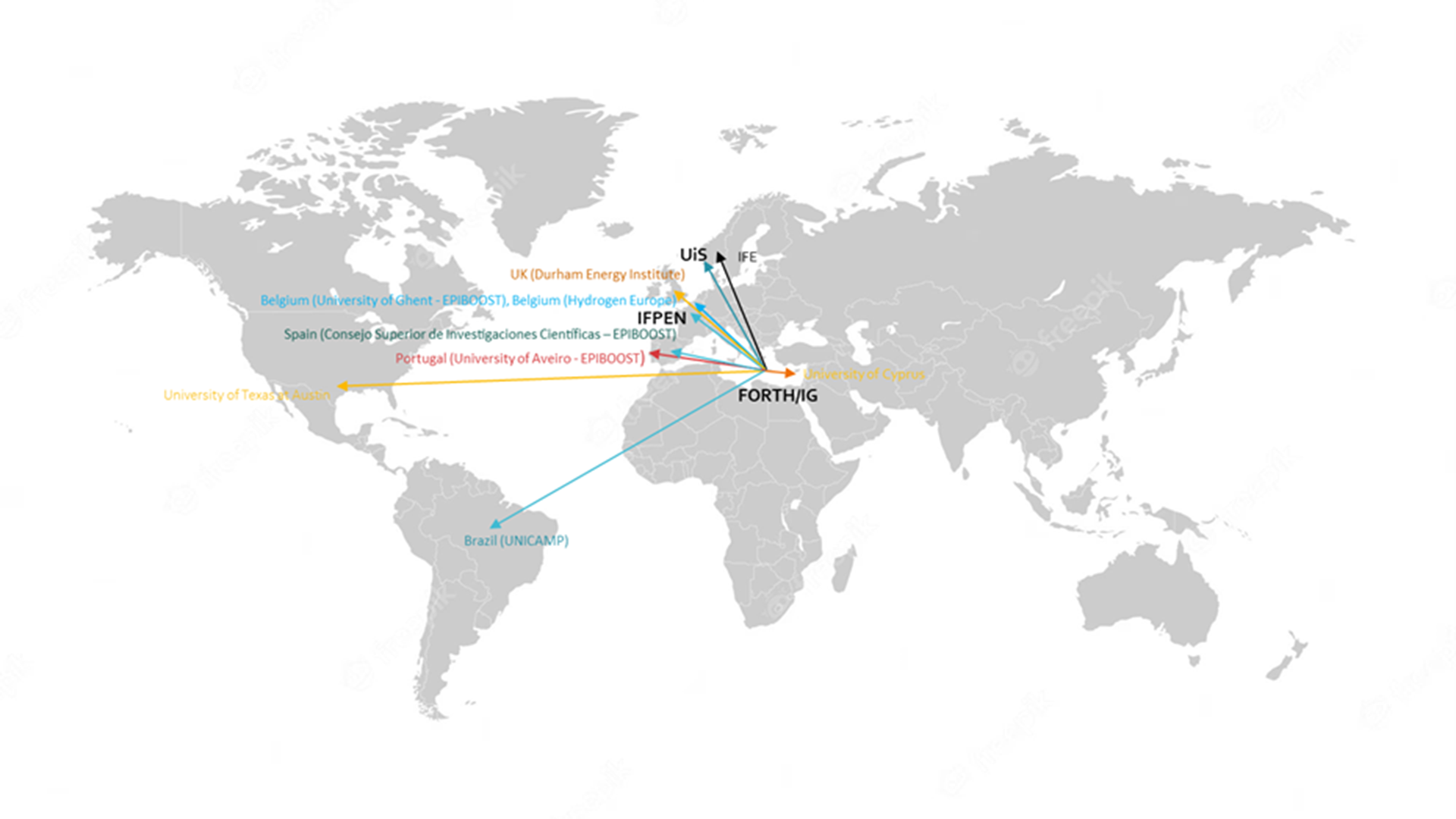
Finally, the project has already attracted the interest of both the research and academic community, having interacted with a significant number of academia and research institutes around the world (Fig. 3) and thus satisfying FORTH/IG objective to Increase its international visibility.
This project has received funding from the European Union. The granting authority is the European Research Executive Agency (REA) under grant agreement No 101079246.
Authors:
Dr Emmanuel Stamatakis
(Researcher FORTH/IG-Coordinator of TWINN2SET);
Professor Nikos Pasadakis
(Director, FORTH/IG);
Dr Spyros Bellas
(Principal Researcher, FORTH/IG);
Dr Evangelia Gontikaki
(Researcher, FORTH/IG); and
Mrs Chrysoula Tallarou
(PhD Fellow, TUC-FORTH/IG- Assistant Coordinator of TWINN2SET)
Please note, this article will also appear in the sixteenth edition of our quarterly publication.

